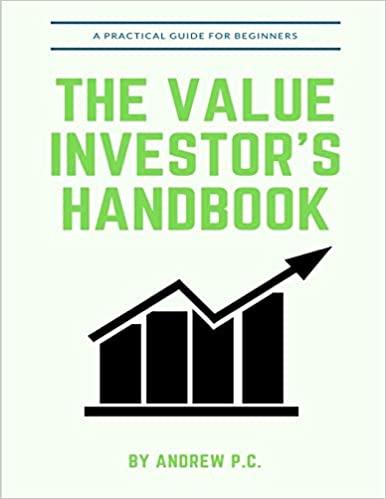Question
Case Study 1 Whether to Use 100% Inspection: A Decision Theory Analysis A great deal of the success of the Japanese companies in world markets
Case Study 1
Whether to Use 100% Inspection: A Decision Theory Analysis
A great deal of the success of the Japanese companies in world markets has been attributed to the implementation of quality-control procedures developed by W.E. Deming. Deming has derived formulas for the total cost of inspection that include the cost of performing the initial inspection (say, k1dollars per unit) and the detrimental cost if faulty material is processed further (say, k2dollars per unit). The latter cost may include a cost due to damaged customer loyalty and reputation.
If we donate the proportion of nonconforming parts being produced by the process (while under control) as p, then a key element of the decision strategy is the value of (k2/k1)p. We will demonstrate this in the analysis that follows. Deming also advocates the use of control charts (a simple graph containing limits within which the process mush fall) to detect the time when a process goes out of control, stopping to repair the process, and quarantining and sorting the parts made during the out-of-control period.
The total cost for incoming material is
TC = (Nk1/ q){1 + Qq[(k2 / k1)p 1][1 n /N]}
where
N= number of parts in the lot
n= sample sixe drawn from each lot for inspection
k1= cost to inspect one unit at the beginning of the process
k2= cost to the firm when one nonconforming item goes farther into production
p= average fraction of nonconforming parts
q= 1 p
Q= fraction of lots accepted at initial inspection
p= the average fraction nonconforming in lots that are accepted and put straight into the production line.
For the sake of illustration, let us assume that p and p are equal. In fact, p can be smaller but only somewhat smaller than p. Consider a situation where N = 1000, Q = .95, k1 = $2.00, and k2 = $100. Consequently, the total cost per lot of
incoming material is
TC = (2000 / q){1 + .95q[50p 1][1 n / 1000]}
Case Questions
1.Suppose that the value of p is believed to be .01, .03, .05; consequently we have three states of nature defined by these three proportions. The actions under consideration are to use sample sizes (n) of 0 (that is, inspection can be eliminated provided the process is assumed to be under control), 100, or 1000 (that is, 100% inspection). Construct a total cost table defined by these actions and states of nature. For example, the total cost (rounded to the nearest dollar) for a sample size of n = 100 and a proportion of p = .03 is
TC = (2000 / .97){1 + (.95)(>97)[1.5 1][1 - .1]}
= $ 2917
2.Construct an opportunity loss table for this situation by defining the opportunity loss for each action and state of nature to be the TC for this situation minus the minimum TC given this state of nature. As a result, each opportunity loss is nonnegative.
3.Are any of the three action inadmissible?
4.Using the minimax criterion, which action (sample size) would you select?
5.If it is believed that each of the values of p are equally likely, which action minimizes the expected total cost?
6.The main point of Demings argument is that one should use 100% inspection whenever the value of (k2/ k1)p is larger than one and use 0% inspection otherwise. Is this consistent with the total cost table constructed in Question 1?
Step by Step Solution
There are 3 Steps involved in it
Step: 1

Get Instant Access to Expert-Tailored Solutions
See step-by-step solutions with expert insights and AI powered tools for academic success
Step: 2

Step: 3

Ace Your Homework with AI
Get the answers you need in no time with our AI-driven, step-by-step assistance
Get Started


